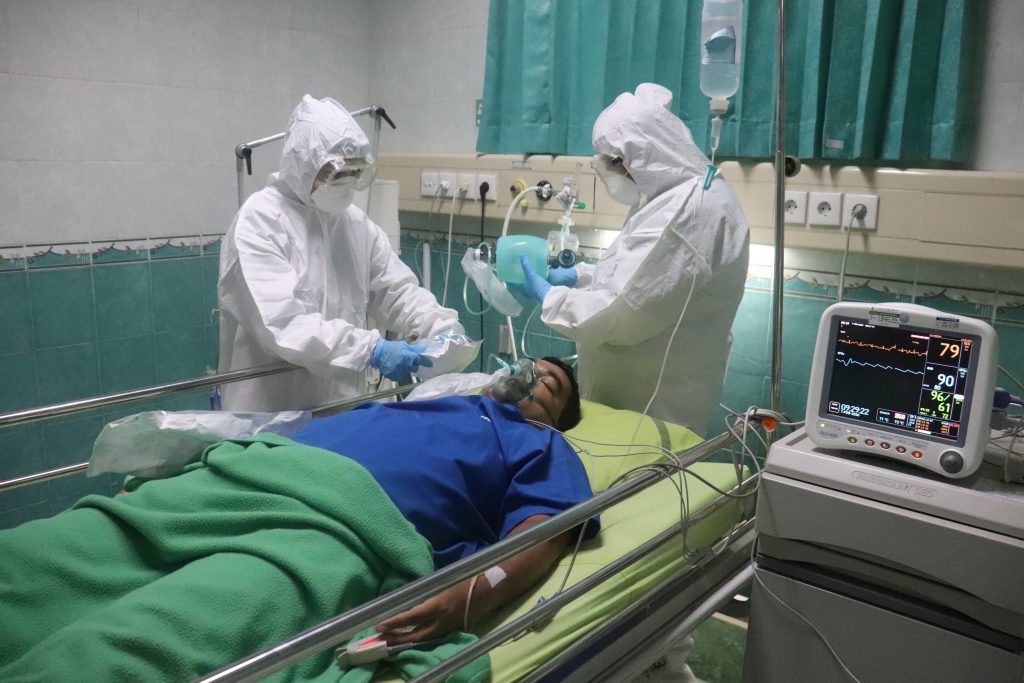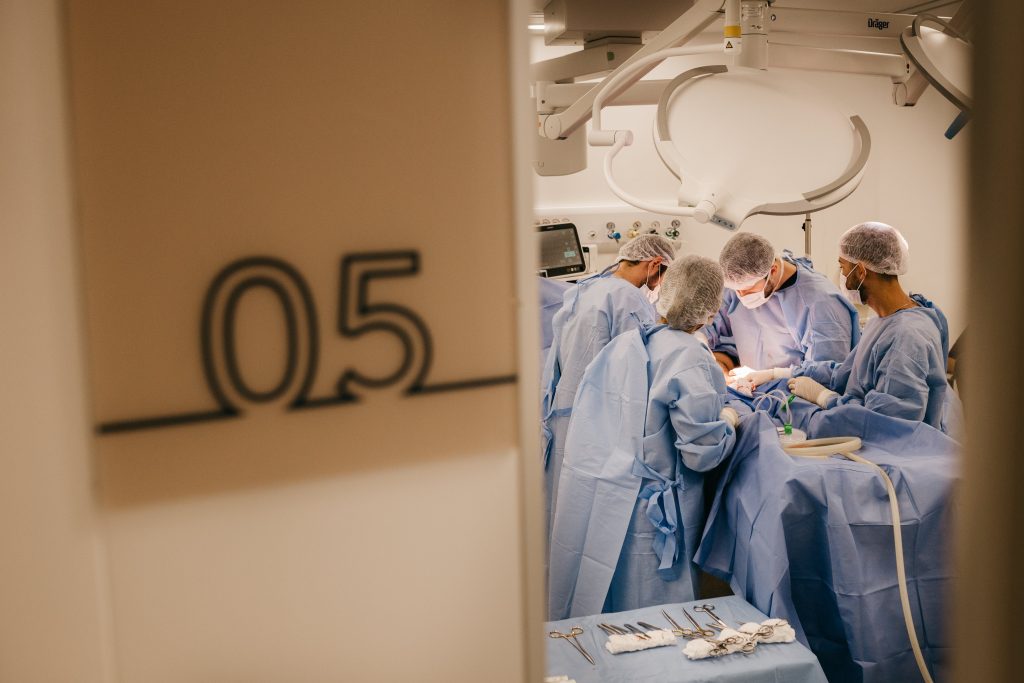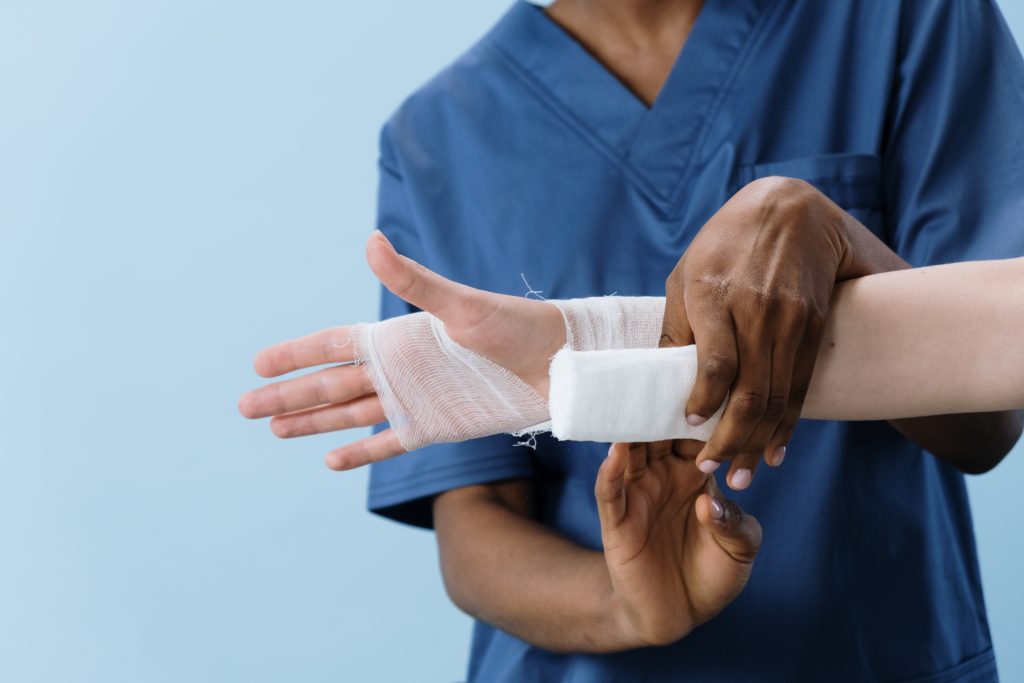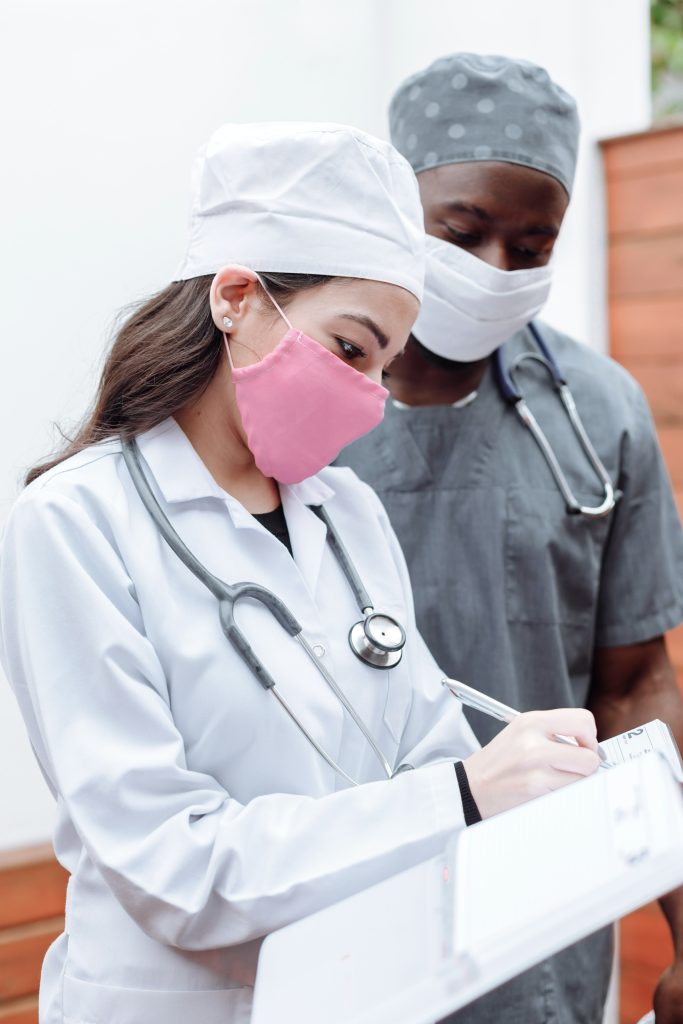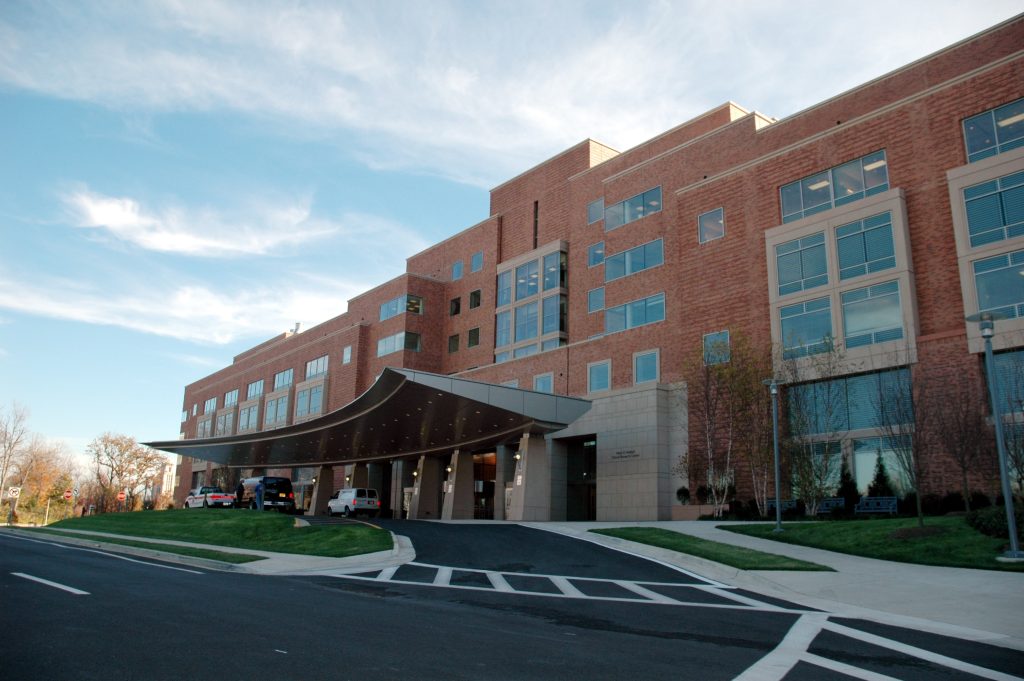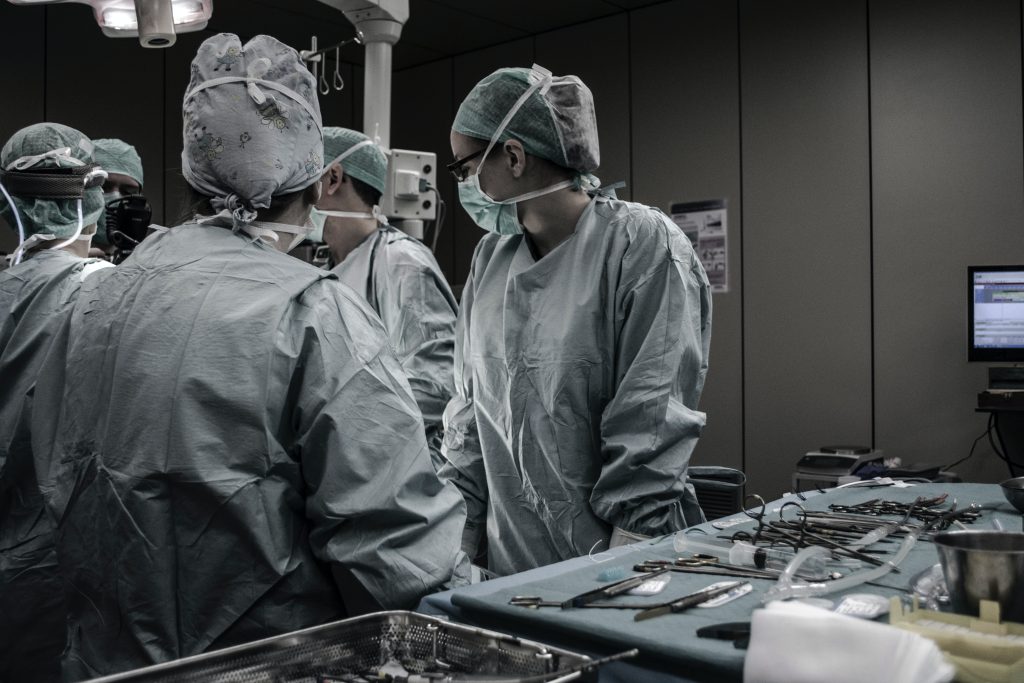Sharps Injuries and the COVID-19 Pandemic
What research conducted throughout the COVID-19 pandemic has shown us about sharps injuries in Europe, the United Kingdom, and the United States of America.
Key Points
-
- According to a 2021 European Biosafety Network study, sharps injuries surged by 23% during the COVID-19 pandemic.
- The Royal College of Nursing’s report found that the number of sharps injuries reported by nurses increased over the last 12 years.
- The report also found that nurses are more likely to report sharps injuries than other healthcare workers.
- Lack of safety equipment reported as one of the top 3 contributing factors
- Training of safety-engineered devices is also of concern. A study found that 28% of nurses reported they received no training on the safety-engineered devices used within the facility
Although injury rates between 2019 and 2020 EPINet data from key hospitals in the USA remained relatively stable, less surgeries occurred, and injury reporting rates may have been compromised, due to the focus on COVID-19 patients.
Sharps injuries continue to present a significant occupational risk to healthcare workers. There was concern that during the Covid-19 pandemic, sharps injuries may rise due to increased emotional pressure on healthcare workers and reduced staffing ratios. Healthcare facility budgets have been largely taken up by rising costs from COVID-19, including treatment costs, additional PPE needs, requiring locum staff cover, and significant supply chain effects. This is a summary of preliminary studies undertaken since the pandemic to assess if the pandemic has affected sharps injury rates.
Europe – European Biosafety Network Report
The European Biosafety Network (EBN) was established in 2010 following the adoption of the European Directive on Preventing Sharps Injuries in Hospitals and Healthcare Settings (2010/32/EU). It is made up of European organisations who are committed to improving biological, patient, and occupational safety.
In 2020, the EBN commissioned research to determine if the COVID-19 pandemic had an impact on sharps injury rates throughout Europe. A survey of 80 large hospitals in France, Germany, Spain, Poland, and Italy was undertaken in March and April of 2021, representing 300,000 healthcare workers. All hospitals chosen for the survey are large tertiary hospitals (more than 500 beds).
Sharps injury rates increased
On average, there was an increase of sharps injuries by 23% during COVID-19 compared to the previous year. Germany and Spain reported the highest increase (32% and 29% respectively), and Italy the lowest increase (9%).
Increase was not only due to vaccinations
Only 39% of respondents indicated that the vaccination program was behind the increase in sharps injuries, suggesting that other regular hospital care activities were responsible for the increase. This means that should hospitals continue ignore the problem and fail to improve sharps prevention practices, sharps injuries may continue to rise even after the COVID-19 pandemic subsides.
Lack of safety devices contributed to injury increase
A lack of safety devices was cited by nearly half of all respondents (47%) as a reason behind the increase in injuries. As the country whose respondents least attributed a lack of safety devices to the reason behind their sharps injuries (33%), Italy also had the lowest rate of injury increases. This suggests that greater access to safety devices helps prevent injuries.
98% of respondents agreed that sharps injuries increased due to higher pressure and stress as a result of COVID-19. The relationship between stress and sharps injuries has previously been established, and is an important factor for facilities to consider; the pandemic has continued to impact healthcare workers beyond April 2021 and workers are more overworked and stressed than ever. Sharps injuries will likely remain at a heightened risk factor for some time.
45% of respondents cited a lack of PPE as a factor for the increase in sharps injures, suggesting that PPE is slightly more accessible than safety devices.
United Kingdom – Royal College Nursing Report
In 2013, the UK implemented Health and Safety (Sharp Instruments in Healthcare) Regulations 2013 to prevent sharps injuries in healthcare facilities. In the UK, there is no aggregated reporting mechanism for sharps injuries, whether mandatory or voluntary. This has made it difficult to determine if the regulations have been effective, and whether COVID has impacted the sharps injury rate.
The Royal College of Nursing surveyed members in 2008 to better understand how many sharps injuries were occurring across the UK. In late 2020, they commissioned a research team to again survey nurses to determine what had changed over the last 12 years. 7,571 nurses responded to the 2020 survey, compared to 4,407 in 2008.
Sharps injuries increased by 50%
In 2008, 10% of nurses stated that they had a sharps injury in the preceding year, with 48% admitting to an injury during their career. In 2020, both of these figures had increased; 15% of nurses had an injury in the previous year and 63% had an injury at least once in their career.
The authors of the research suggested that this increase was at least partly due to the increased stress and workload nurses experienced during the COVID-19 pandemic; the NHS annual survey in 2020 reported high levels of fatigue among nurses. There is also a potential that nurses are more likely to admit or report to having a sharps injury now than in 2008, as there has been a positive shift in how staff safety among healthcare workers is regarded and addressed.
Safety-engineered device access is an issue
Lack of safety equipment was in the top three contributing factors to sharps injuries (25% agreed), with fatigue/tiredness (27%) and non-cooperative patients (25%) being the other contributing factors.
Under the 2013 regulations, it is mandatory to evaluate and implement safety equipment. A lack of safety equipment was particularly reported by nurses outside hospitals.
There was a high number of disposal-related injuries (32% of total injuries) compared with studies done in other countries (USA is about 8-9%). Disposal-related injuries are seen as “preventable injuries”, as they can be prevented with implementation of safety-engineered devices and sharps containers.
Sharps Training remains sub-optimal
Despite sharps training being mandatory under the 2013 regulations, 25% of nurses stated that they had no training on safe sharps use and 28% reported having no training on the safety-engineered devices used within the facility. It is important that facilities train all staff on how to correctly use safety-engineered devices, to ensure that they will be used as intended by nurses and therefore be an effective control measure against injury.
Recommendations go beyond the COVID crisis
The report finishes with recommendations to address the increase of sharps injuries. These recommendations are broad and go beyond pandemic-related issues, as the safety measures under the 2013 regulations do not seem to be effective. The recommendations to facilities were:
-
- Evaluate SEDs to ensure safer devices are being used
- Lower cost, less safer devices shouldn’t be used
- Adopt automatically activated SEDs
- Once SEDs are implemented, remove non-safe sharps
- Review all sharps policies annually
- Training should be continuous and include how to use SEDs
USA
In the USA, sharps safety is mandated through the Bloodborne Pathogens Standard (CFR 1910:1030) and enforced by OSHA.
The International Safety Center, whose current president is Dr Amber Mitchell, is a sharps safety advocacy group who provide the Exposure Prevention Information Network (EPINet) surveillance system. EPINet gather reported sharps injury data volunteered by a variety of hospitals within the USA (different sizes, geography, teaching status).
In a recent article published by Hospital Employee Health, Dr Mitchell shared insights on the potential impact of COVID-19 on sharps injury rates in the USA, based on comparisons between the 2019 and 2020 EPINet injury data.
Sharps injury rates were relatively stable
The total reported sharps injury rates for 2019 and 2020 seemed relatively stable, with 2019 at 26.3 injuries per 100 ADC (Average Daily Census) and 2020 at 26.6 per 100 ADC.
Two points to consider when looking at these figures are:
-
- Hospitals who volunteer sharps injury rates are likely to have good sharps safety policies and culture
- There may be more injuries not being reported at a greater rate than usual, as was suggested by the UK report
The Teaching injury rate did slightly increase, from 26.4 per 100 ACD in 2019 to 28 per 100 ACD in 2020. Potentially, new nurses and medical students did not receive adequate training or supervision while hospitals were focused on treating COVID-19 patients. Previous studies have suggested that students and new healthcare workers have a higher risk of injury compared to those with experience.
There were less surgeries, but the same injury rates
Dr Mitchell pointed out that although the injury rate per ACD remained stable, there was a lot less surgeries occurring during 2020 compared to 2019. This suggests that the likelihood of a sharps injury in the OR may have increased.
The devices presenting a sharps hazard in the OR are sutures and scalpel blades. With less surgeries occurring, one would assume that these injuries would decrease. However, suture injury rates remained at 24% of all sharps injuries, and there was only a slight difference in the number of scalpel injuries (56 in 2019 compared to 52 in 2020).
Implementation of Engineering Controls remains a concern
The use of safety-engineered devices (SEDs) as Engineering Controls against sharps injuries is required under the Bloodborne Pathogens Standard and facilities are required to evaluate their choice of sharps devices and SEDs annually. In the article for Hospital Employee Health, Dr Mitchell mentioned that there were concerning findings around the use (or lack thereof) of Engineering Controls in hospitals.
In 2019, 52% of needlesticks were associated with a SED, although in 71% of the incidents the safety device was not activated. In 2020, 37% of needlesticks occurred with a SED, with 67% of injuries occurring with the safety feature not activated.
She postulates that this could potentially be due to a lack of focus on sharps safety devices during the pandemic. This could have long-term impacts on the sharps injury rate, as the correct use of SEDs is necessary to prevent sharps injuries. Passive safety devices which do not require activation by the user are preferrable to active safety devices, which are not effective when the user doesn’t activate the safety feature. Hospitals need to implement passive safety devices and train staff members in how to use them, in order to prevent a long-term increase in sharps injuries.
Summary
-
- Research from the European Biosafety Network conducted in 2021 has found that sharps injuries increased by an average of 23% during the COVID-19 pandemic
- 47% of respondents cite a lack of safety devices as the reason behind the increase
- Research from the Royal College of Nursing (United Kingdom) indicates that the number of sharps injuries reported by nurses has increased over the last 12 years
- Lack of safety equipment reported as one of the top 3 contributing factors
- Training of safety-engineered devices is also of concern, with 28% of nurses reporting they received no training on the safety-engineered devices used within the facility
- Implementing automatic SEDs and providing ongoing training recommended
- Research from the European Biosafety Network conducted in 2021 has found that sharps injuries increased by an average of 23% during the COVID-19 pandemic
Key Reports Referenced
-
- Sharps Injuries & COVID. (2021). For the European Biosafety Network. Available at: https://www.europeanbiosafetynetwork.eu/wp-content/uploads/2021/06/Sharps-injuries-and-COVID-research-EBN.pdf
- Blood and Body Fluid Exposures in 2020. Results from a survey of RCN members (2020). Royal College of Nursing, 20 Cavendish Square, London, W1G 0RN; RCN publication code: 009 687. Available at: https://www.rcn.org.uk/professional-development/publications/RCN-blood-and-bodily-fluid-exposures-uk-pub-009-687
- Overall needlestick rates hold during pandemic. (2022). Hospital Employee Health, 41(1) Available at: https://www.proquest.com/trade-journals/overall-needlestick-rates-hold-during-pandemic/docview/2605523441/se-2?accountid=14723
About the Author
Mairin Monteath is a passionate advocate for workplace safety. Since receiving their Bachelor of Communications (Mass Communications) from the University of Queensland, Mairin has worked with healthcare professionals and medical device innovators to streamline how safety solutions can be effectively implemented into healthcare facilities’ existing processes.


